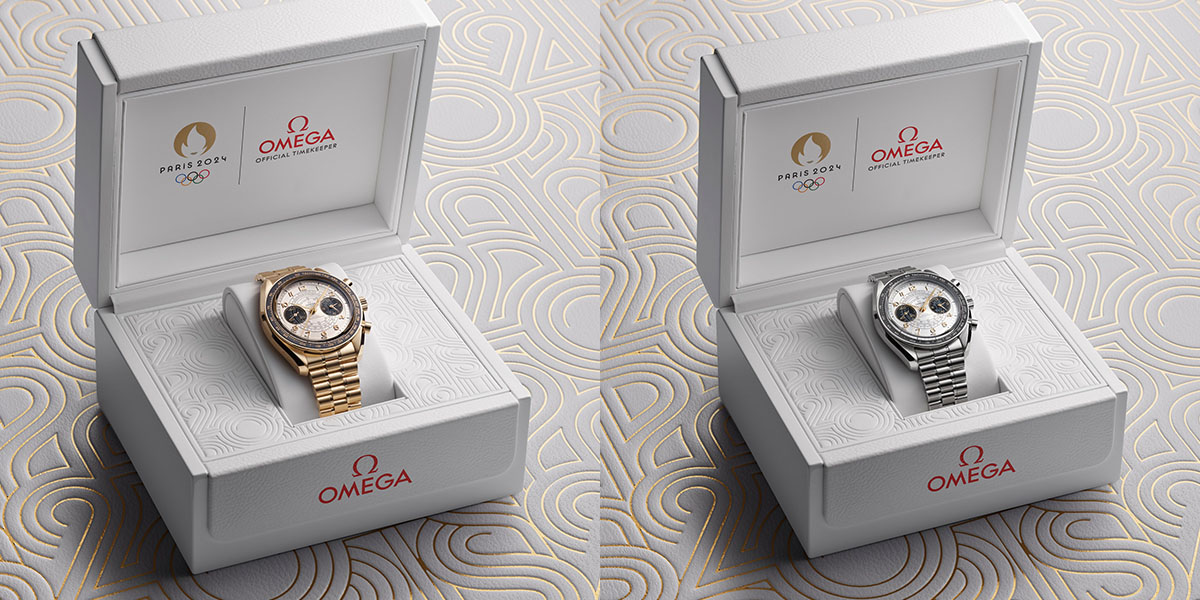
Inside the Manufacture: A Look at the Rare Handcrafts of Jaeger-LeCoultre

Tucked away in the village of Le Sentier, Switzerland, lies one of time’s best providers: Jaeger-LeCoultre. The manufacture – with more than 200 watchmakers and various artisans — has a rich history of watchmaking and innovative, cutting-edge pioneering that sets it apart from most others and flags it as a benchmark leader. Let’s face it; the brand is just about 17 years shy of its 200th birthday.
Recently, I had the opportunity to visit Jaeger-LeCoultre and its rare handcrafts department. This is the heart of the artistic repertoire of the brand – the place where the masterful hand enameling, engraving and gem setting takes place. Here we share with you a little insight into how these incredible timepieces are hand crafted and brought to life.

Because it is the 85th anniversary of the brand’s splendid and iconic Reverso watch – first made in 1931 for Polo players who needed a rugged timepiece – there was great emphasis on that collection during the visit. That first Reverso watch featured a dial that could swing out, reverse and push back into place – revealing on one side the watch dial and on the other side a metal plate or cover that could be engraved. The line has come a long way since then, with dual faces gracing the reversible dial, complications being added and an entire line up of shapes and sizes.

The key to the Reverso is that the first thing you see is that it is a Reverso. Everything else – the dial, the technology, and the colors – is secondary. This is what makes the watch a classic, a legend. As such it makes it an incredible candidate for a host of métiers d’ Arts. To begin with, the first thing anyone who knows Jaeger-LeCoultre sees is that it is a Reverso watch, then they look beyond the fact to witness the hand painted majesty, the shimmering snow-set diamonds or the artful engravings. Additionally, one of the factors that make this watch so ripe for decoration is its Art Deco spirit. The rectangular timepiece offers depth, dimension, a playful blend of architecture and freedom that defined the era and makes the watch into the perfect playground.

All of this amazing hand work is done in the brand’s new Rare Crafts workshops, where approximately 30 master craftsmen (and women) works side by side transforming the Reverso (and other artistic timepieces) into works of art worthy of a museum’s wall.
The new workspace was completed just about a year ago and brings together multiple arts that were heretofore separated in the brand’s various workspaces.

The huge room is entirely glass enclosed – enabling the visitor to see everything being made through the glass doors. Of course, we went inside the sanctum – but for those not as privileged – the view from the center of the room—where a round display table live-streams the different arts taking place by the artisans inside the vast room.

Currently there are four guilloche makers, with one specialist who works on the brand’s four antique guilloche machines. I was lucky enough to get to try my hand at this hand guilloche engine turning – wherein you must place the dial on its holder and then turn the handle of the guilloche engraving tool at a precise rhythm and with the same strength, in order to achieve the perfect depth and design. It is no easy feat.
There are currently seven grand feu enamellers working on timepieces under the guidance of the renowned watchmaker Miklos Merczel – who started the division just about 20 years ago. While we were there, one of the enamellers, Yoan Descollonges, was working on painting a sensual Botticelli design (Birth of Venus) onto a Reverso dial. According to Descollonges, it took him eight hours a day of painting for 17 days to complete the watch dial.

Similarly, the master gem setters who work tirelessly to produce the fully set Jaeger-LeCoultre Reverso watches also spend hundreds of hours of stone setting to complete the work. In fact, to set the Reverso snow set with more than 2,700 diamonds takes upwards of 600 hours to complete.

The Snow setting is an intriguing undertaking, wherein the diamonds are placed on different levels to resemble a snowy motif. To set the diamonds, the craftsman must first ready the gold with a carving to seat it into, and then – in this motif – sculpt gold balls at the edge of each diamond corner to hold it into place without disrupting the beauty of the stone. The process of working the gold to ready the case for setting requires about 100 hours of meticulous work.
Then, of course, there is the complications workshop where master watchmakers work side by side with designers and engineers to develop the most incredible calibers—ranging from the Gyrotourbillon, to the Spherotourbillon, astronomical sky charts, minute repeaters and more. But that’s fruit for another feature.

Follow Haute Time on Instagram to catch all of the new releases as they happen.
 SIGN UP
SIGN UP










